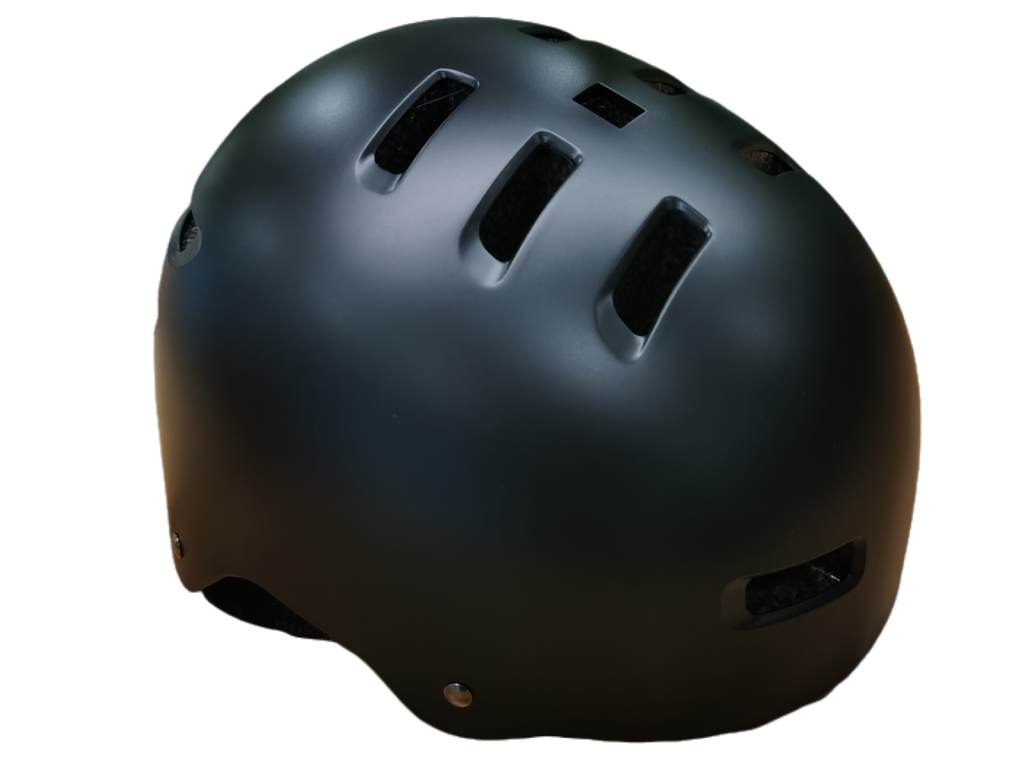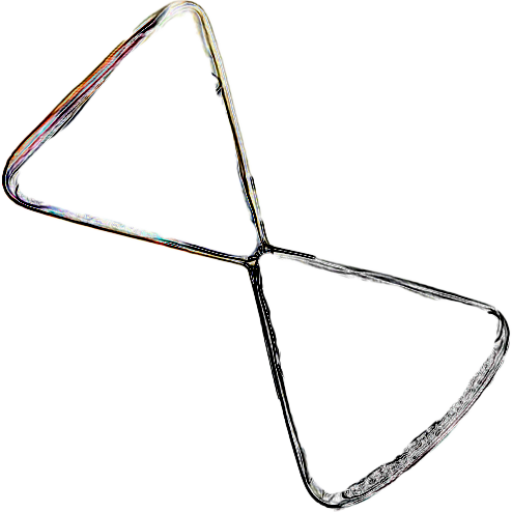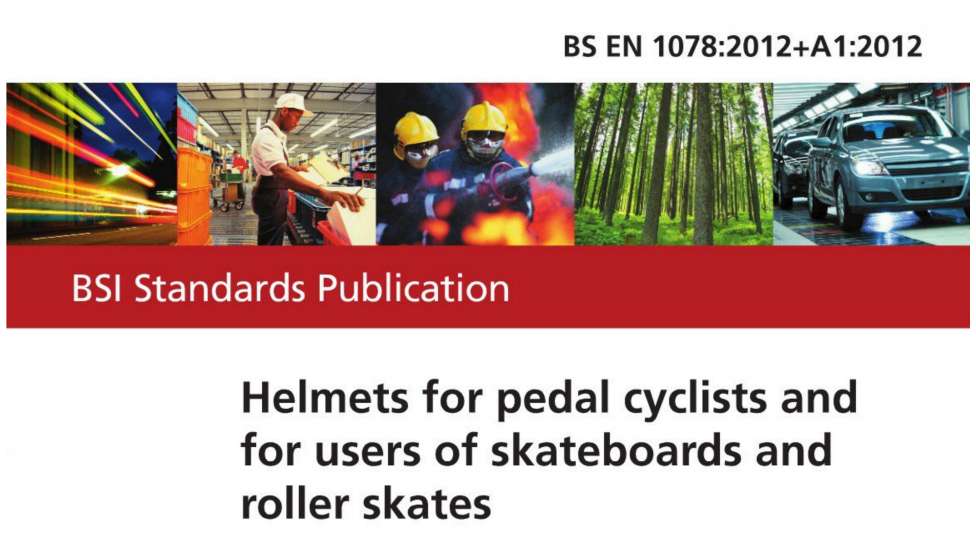Understanding Skate helmet safety standards is important for companies (includes distributors and retailers) in the skate and action sports industry. Most of the business owners understand both the excitement customers feel when riding or skating, as well as the safety risks might be involved.
Head injuries is one of the leading causes of injury for these activities. it is incredibly significant for both customers and business owners to be knowledgeable about proper helmet safety standards.
In this article, we will give an overview of key items in the helmet safety standards. And how we, Xiuzhi Tech, designs our helmets to meet and exceed these benchmarks. We do best to keep riders safe and keep your helmet business running without technical safety risk.
International Skate Helmet Safety Standards
Around the world, different regions and countries have established their own standards to regulate helmet safety. One of the most widely recognized and used helmet safety standard is the European standard BS EN 1078:2012+A1:2012. Based on this standard specification, helmets should pass impact tests to absorb shocks, provide adequate ventilation, retain their shape on impact, and prevent cracks or fractures. The helmets also include a label indicating the standard the helmet meets, size, name of manufacturer, and month/year of manufacture.
In addition to BS EN 1078:2012+A1:2012, the CPSC1203 standard in North America also provides guidelines on helmet construction, testing method, labeling and more. Knowing and understanding the skate helmet safety standards that apply in your key markets can help ensure you source quality, compliant helmets.
An Example of Skate Helmet Safety Standards Compliance: The HM03 Helmet
Let’s take one example, HM03. This model is for the protection of scooter riding and skating.
Firstly, it meets major international standards. Such as EN1078 and CPSC1203. Through innovative design and engineering, this helmet provides top-level protection while maintaining comfort. It has multi-layer includes the ABS shell, EPS foam, soft fabric padding which can effectively absorb and disperse impacts from any direction.
Additionally, the helmet’s is securely bonding the foam to the durable ABS outer shell. Comfort is also prioritized through extensive venting and an adjustable chin strap system. The HM03 undergoes rigorous testing, including lab tests that recreate high-speed impacts to certify its ability to withstand forces greater than the BS EN 1078:2012+A1:2012 requirements. By designing with safety standards like BS EN 1078:2012+A1:2012 in mind from the beginning, we ensure the HM03 goes above and beyond to protect every riders.

Taking Steps to Build Helmet Safety Knowledge
Keeping updated on product safety is an important part of building trust with customers. Reach us to gain a deeper understanding of how specific helmets are designed and tested. Adding a section to your website or educational material covering key points on standards compliance demonstrates your expertise. In addition, it shows commitment to customer well-being. You can also consider hosting safety seminars or webinars with subject matter experts. Taking proactive steps to expand helmet safety knowledge helps further legitimize your business. And strengthen partnerships across the industry.
In conclusion, a deep understanding of global skate helmet safety standards is a valuable asset whether you’re sourcing products or advising customers. With safety as the top priority in skating and action sports, learning more about compliance benchmarks like BS EN 1078:2012+A1:2012. It builds accountability throughout the supply chain. We stand ready as technical consultants to help you raise industry standards.
More about helmet safety standard:
1. scooter helmets –> safety standard

